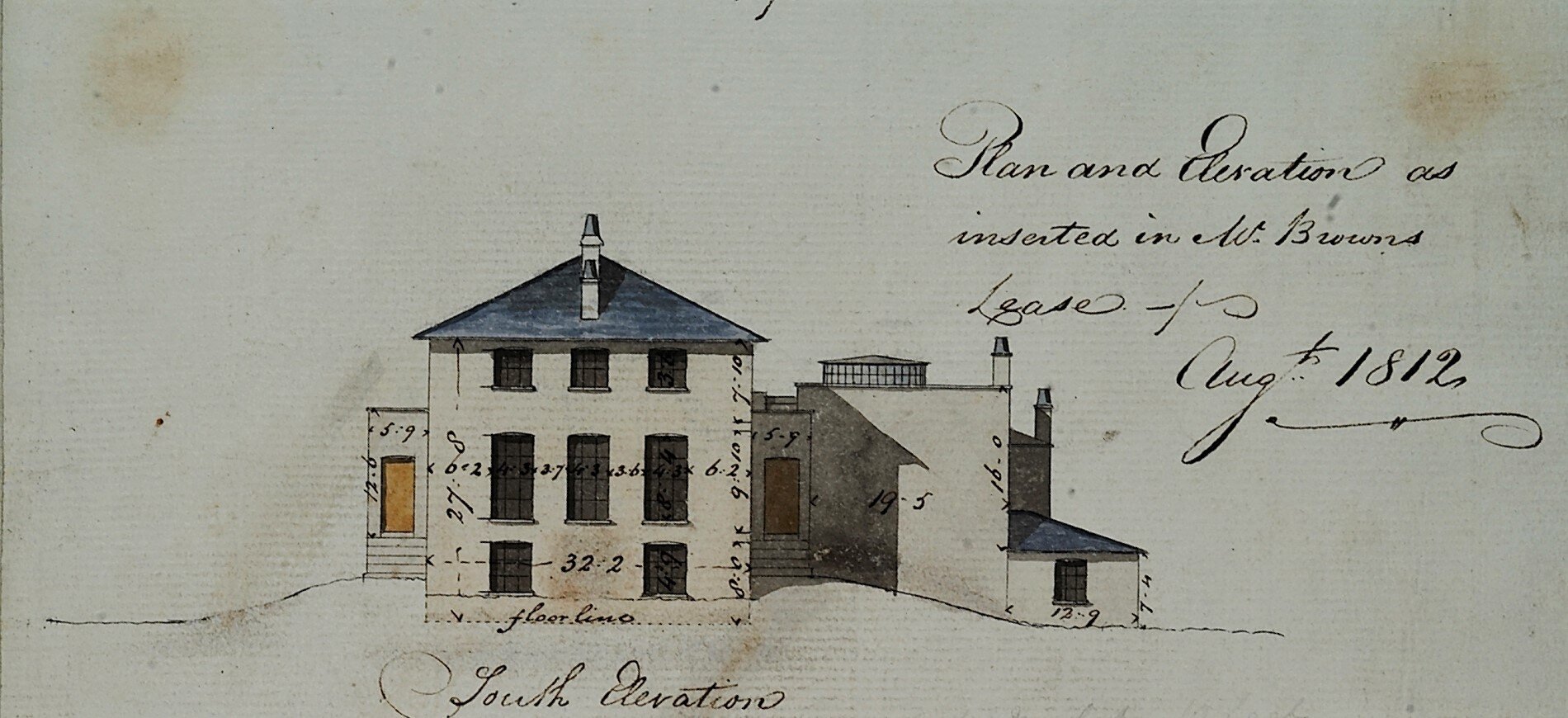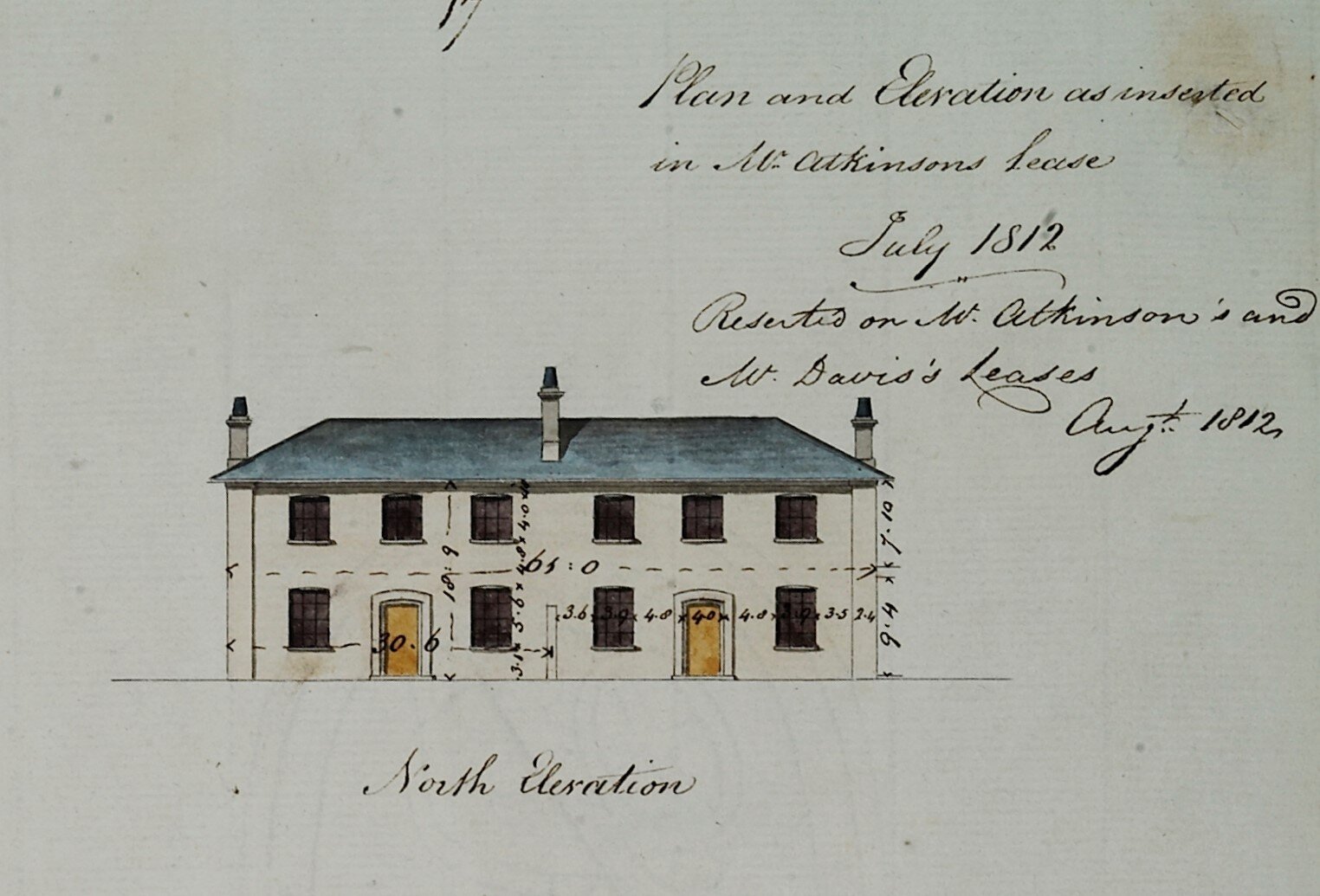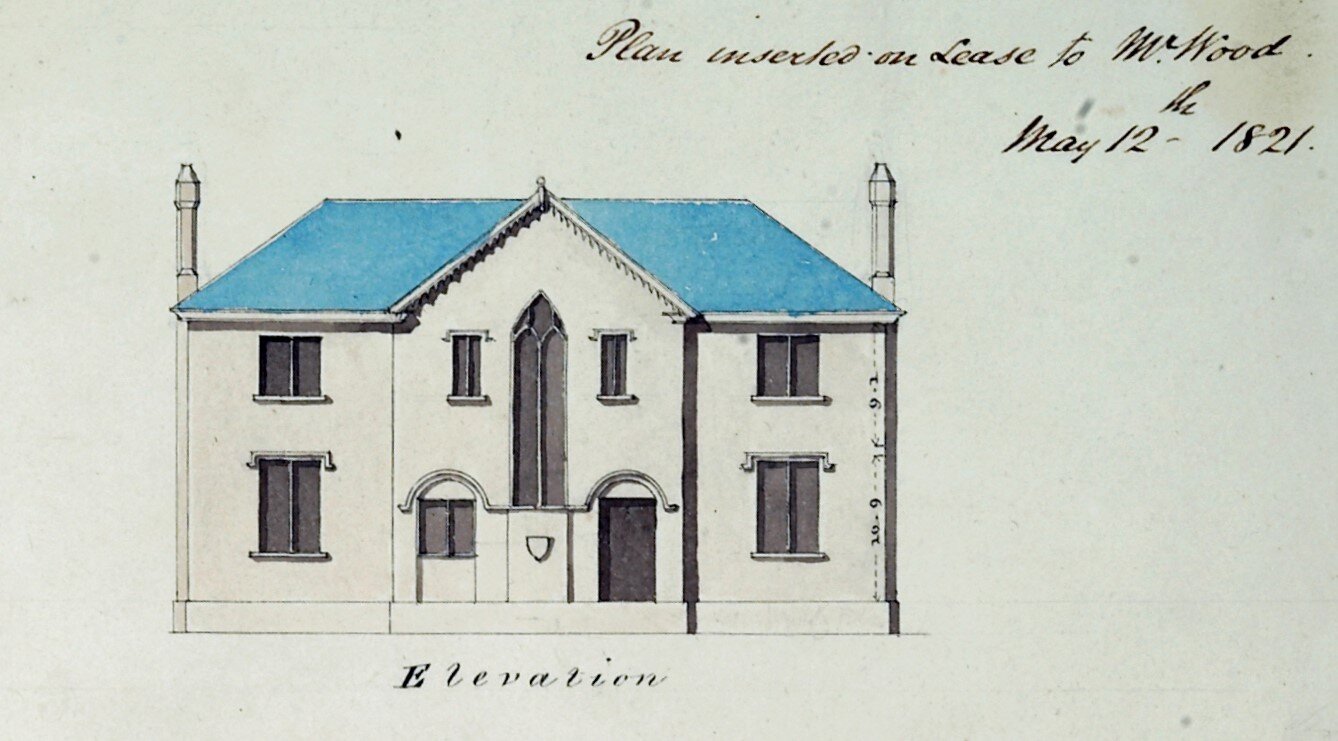
Photo: John Chase
History
The origins of The Eyre Estate can be traced back to the early 18th Century when Henry Samuel Eyre, a successful wine merchant, purchased the land known as St John’s Wood in 1733 from the Earl of Chesterfield. However, it was not until 1794 that the original master plan for the development of The Estate was conceived, transforming the land for residential use under the direction of Henry Samuel Eyre II and The Estate’s architect John Shaw.
What made this plan unusual was the proposed use of semi-detached houses – the first example of their kind in any town or city at that time. These new semi-detached Italianate and Gothic villas also formed what is thought to be the first example of a planned London suburb; a significant precursor to the more familiar garden suburb developments of the 1930s that we know today.
In more recent years, a significant number of properties forming part of the original Eyre Estate have been sold. A consequence of the 1967 Leasehold Reform Act, the proceeds were invested into a diverse portfolio of commercial and industrial properties across the UK.
However, The Eyre Estate still has strong connections with St John’s Wood, the base for their offices and where it acts as a custodian to several properties of architectural significance formed from the original Estate.



Architectural significance & development of the first garden suburb
“As the first ‘garden quarter’ of Britain, the Eyre Estate offered an authoritative interpretation of the development and management of a pioneering estate from the eighteenth century onwards. The origin of the Eyre Estate involved vision, entrepreneurship, formidable negotiation and organisational skills. This led to the creation of an environment within which villas and landmark buildings offered a sanctum for artists and professionals alike.”

